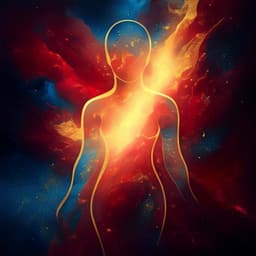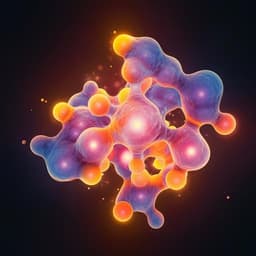
The Arts
Unveiling narratives: representation of same-sex love in Bollywood films
P. V and B. G
This paper by Prasitha V and Bhuvaneswari G explores the unique portrayal of same-sex love in Bollywood films *Ek Ladki Ko Dekha Toh Aisa Laga* and *Shubh Mangal Zyada Saavdhan*. It delves into the visual storytelling and the dynamics of familial acceptance, presenting these films as groundbreaking narratives that challenge traditional views on sexual identity.
Playback language: English
Related Publications
Explore these studies to deepen your understanding of the subject.







